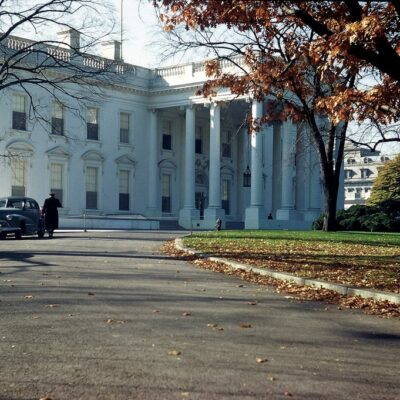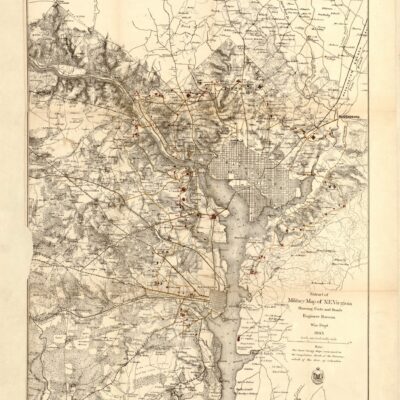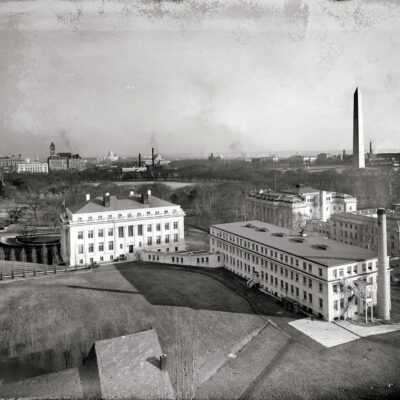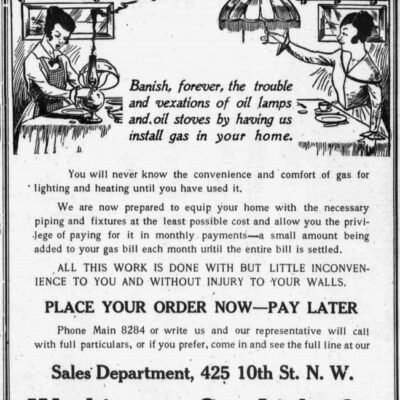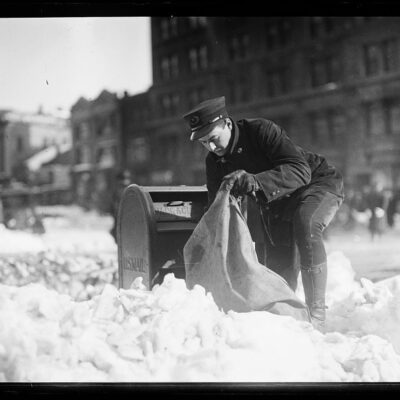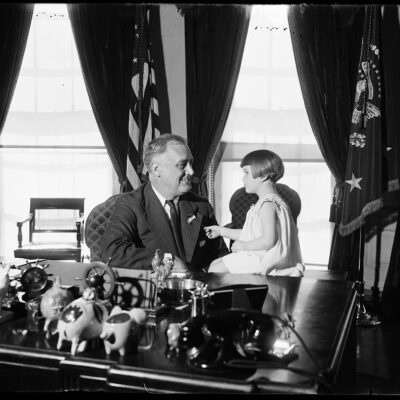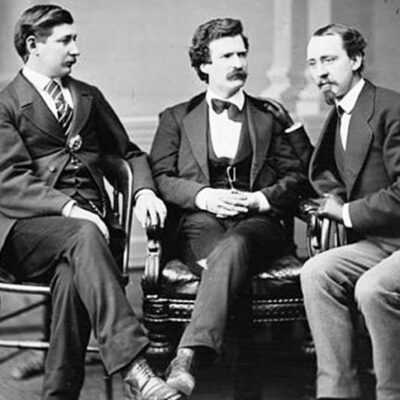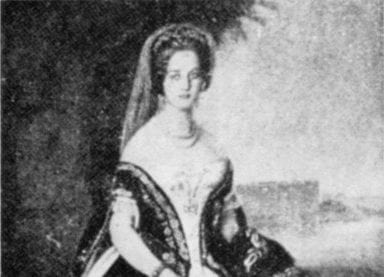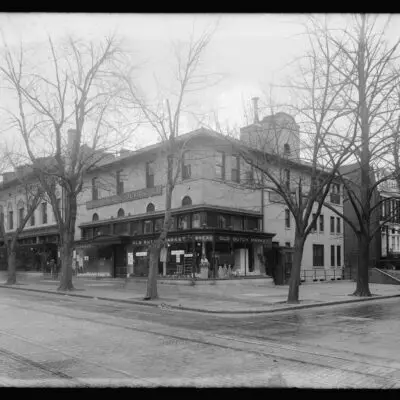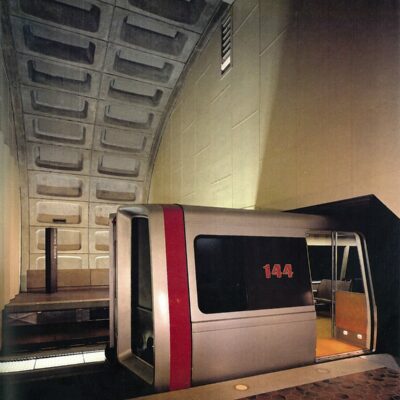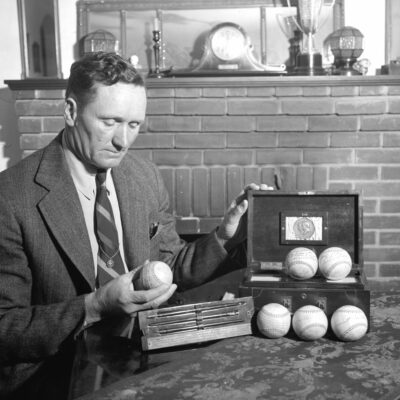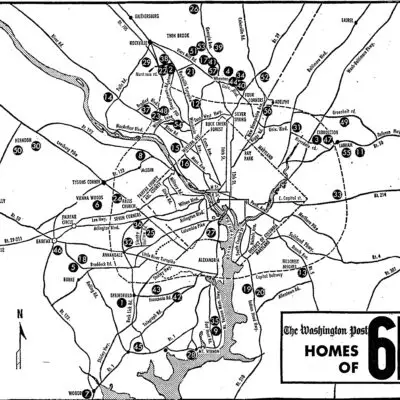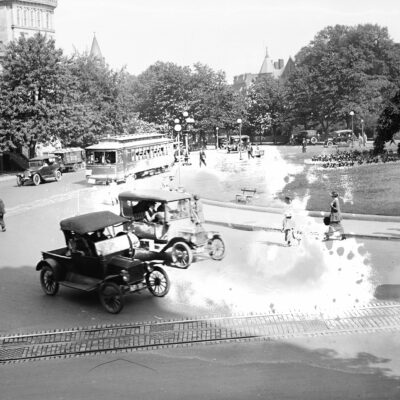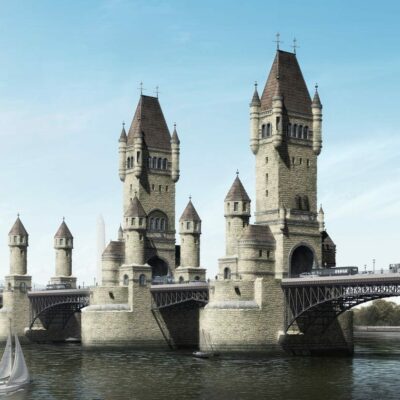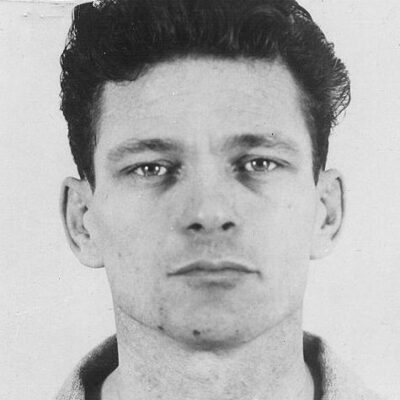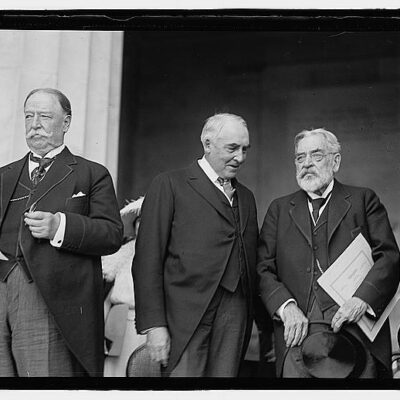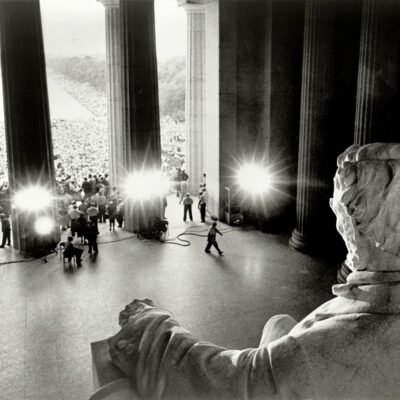This is a guest post by Angela Harrison Eng
I was a Girl Scout when I was a kid. Unlike a lot of girls I knew, I stayed a Girl Scout until my late teen years. Some of my favorite memories are from that time: camping trips, white water rafting, parade marches, volunteering at nursing homes, crafting projects, and selling cookies. Boxes and boxes of cookies. I didn’t really “get” why I was Girl Scout back then, even though words like “service,” “stewardship,” “volunteering,” and “leader” were often thrown around. Looking back on it, I did some pretty cool things. In my search for all things interesting about the area, I discovered DC has some pretty strong ties to Girl Scout history.
Juliette Gordon Low founded the Girl Guides in 1912, which became known as The Girl Scouts of the United States (GSUSA) in 1915. The first troop consisted of 18 members. Over the years, it has grown into an American institution, with nearly 2.8 million active scouts and volunteers today. In the 1920s and 1930s, the mission of Girl Scouting had strong emphasis on community service, camping, and leadership, much like the current mission. They also stressed domestic values such as cooking and childcare. While it can be argued that one faction was more prominent than the other, evidence suggests there was emphasis on both.
Julia Blackwelder’s book How Hiring mentions a history of scouting published in the late 40s that notes, “publications of the 1920s and 1930s had included photos of girls involved with domestic chores, but camping and other outdoor activities predominated.” Washington, DC’s National Women’s Museum website recalls how Girl Scouts collected food and clothing for families during the Great Depression. Timothy Walch notes that the President of GSUSA during this early time period, Lou Henry Hoover, believed that scouting included “one’s civic duty to promote the health and well-being of one’s community and nation.” Ultimately, she declined to acknowledge one duty was emphasized more than the other.
The juxtaposition between civic and domestic service was illustrated clearly in the institution of the Girl Scout “Little House.” The first Girl Scout Little House was built behind the White House around 1923. One blogger mentioned that it was originally built for a Better Homes and Gardens exhibition, and then donated to the Scouts by Better Homes in America and the General Federation of Women’s Clubs. Lou Henry Hoover paid to have the house relocated to 1750 New York Avenue and become a meeting place for the Girl Scouts of DC.
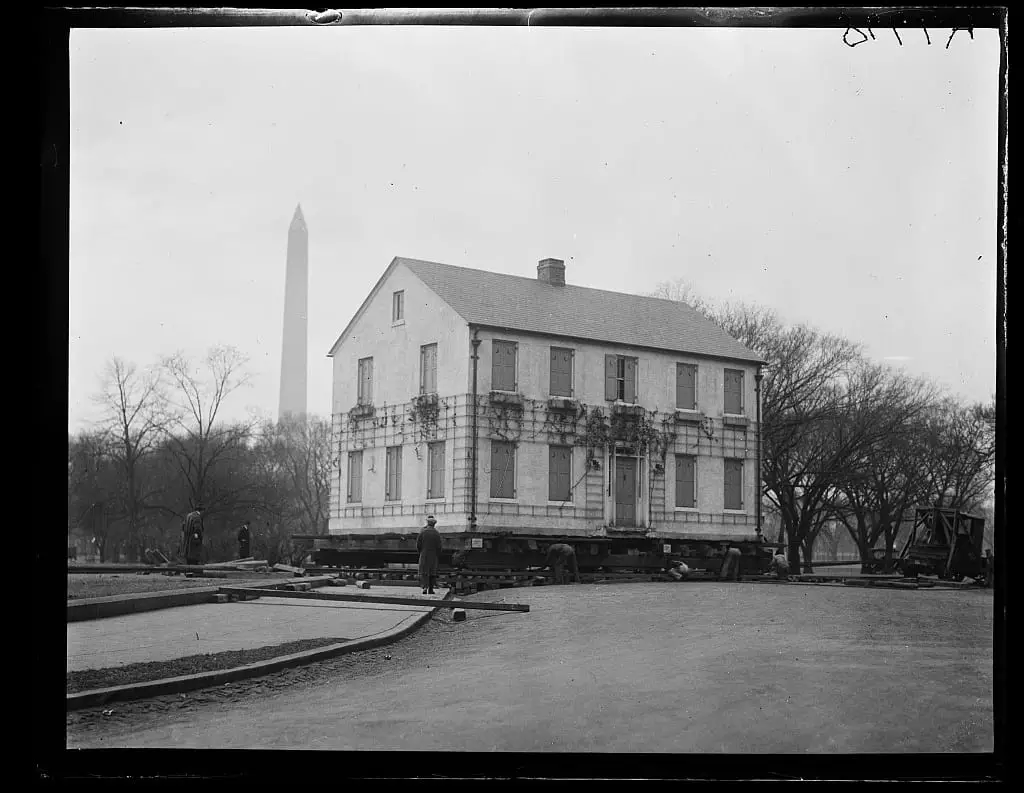
A pamphlet believed to be dated around 1932 describes the house:
“a thoroughly modern kitchen, an enchanting breakfast nook, a dining room, and an oblong living room where they may gather around a friendly fireplace, on the first floor; and with three bedrooms and a nursery on the second floor.” The purpose of acquiring the home, the pamphlet continues, was to “be used as a national training center and experiment station in the great work of helping the girls of the United States . . . to become true home-makers and true citizens.”
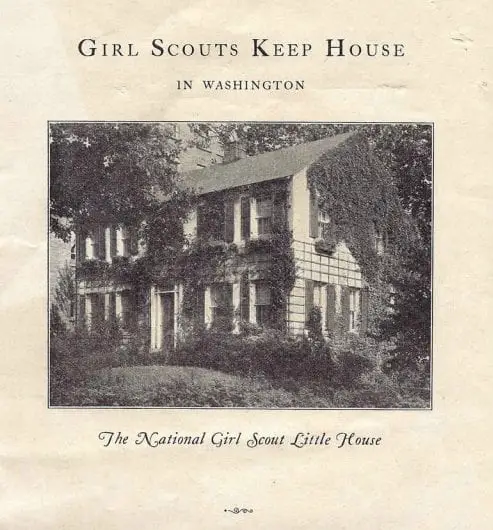
Walch mentions the house as a site of “training courses in hygiene, childcare, and nutrition.” On a couple of occasions, the Scouts cooked dinners for high profile guests, including President and Mrs. Hoover and Eleanor Roosevelt. Other distinguished guests included First Lady Coolidge, Danish Minister Otto Wedsted, Princess Martha of Norway, President Hoover, Mabel Boardman, Secretary of the Red Cross, and Mrs. William Jardino, wife of the Secretary of Agriculture.

A blog post on the history of the Little House outlines what happened to the house after the initial opening. Aside from serving food and entertaining high profile guests, it was the site of the GSUSA National Headquarters until 1928. The house itself was in use and continued to be a showplace for the Scouts’ endeavors until 1945. Afterwards, it because a branch office for GSUSA. Little is known of what happened to the house afterwards, but it was torn down in the 1970s.
The DC Little House was not the only one in the United States. A number were built throughout the country following the success of the DC one. Some are still standing, such as the one in Hope Fair Park, Arkansas. While the DC Little House does not fully exist anymore, it lives on in another form. In 1930, Lou Hoover had an exact replica dollhouse built of the Little House in DC. Legacy lives on through the model and provides a unique view to the role DC played in Girl Scouting history.
